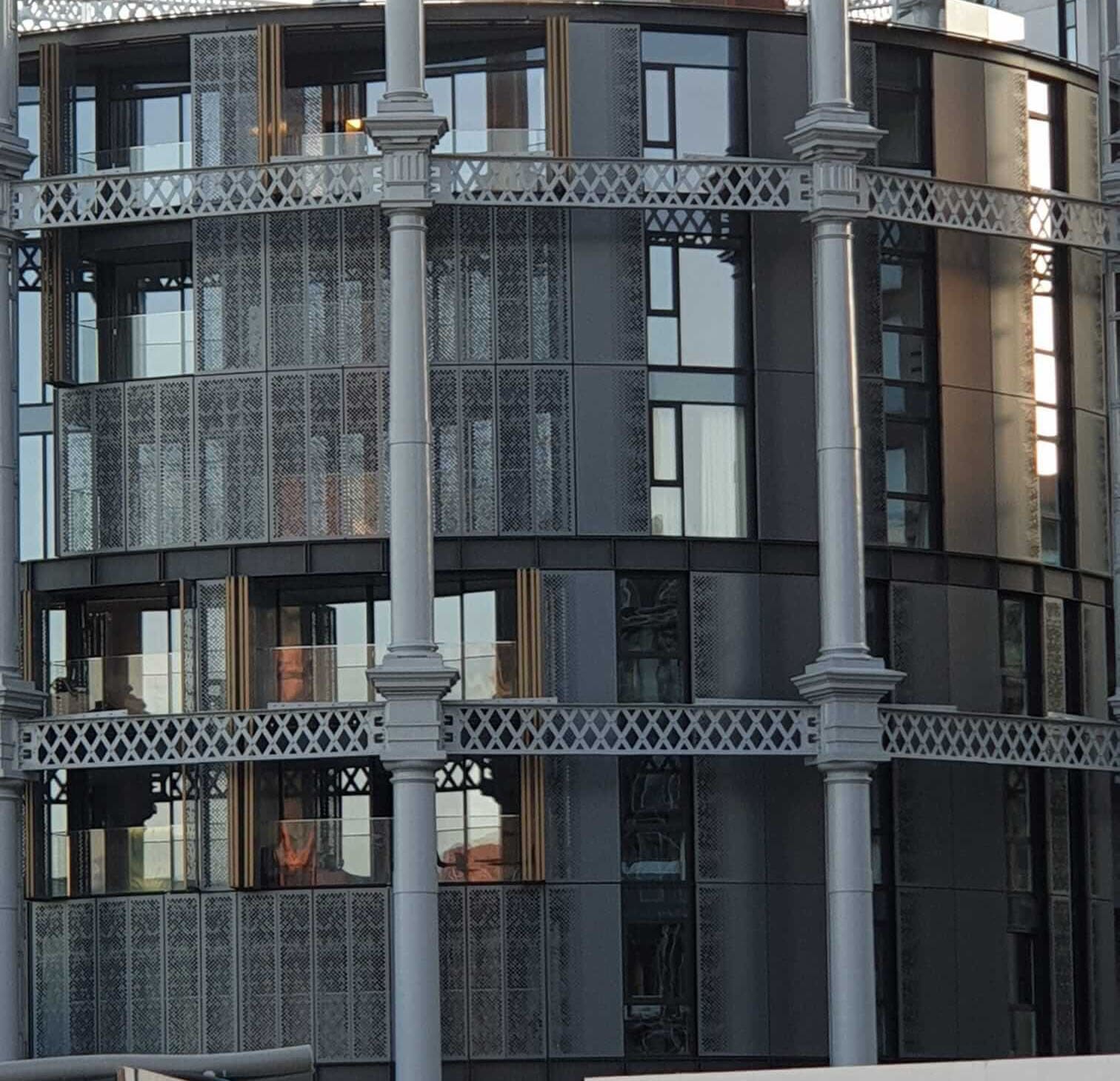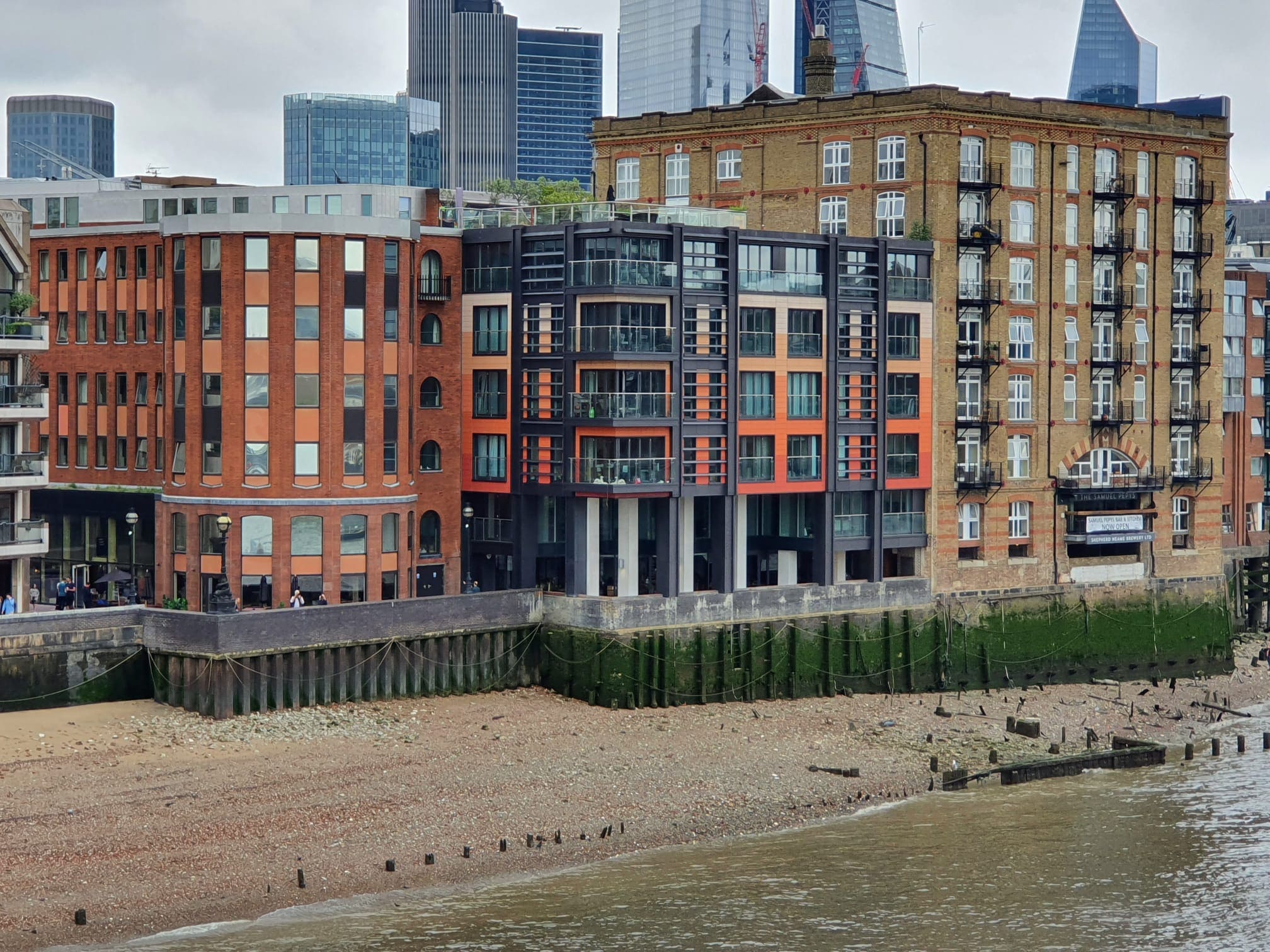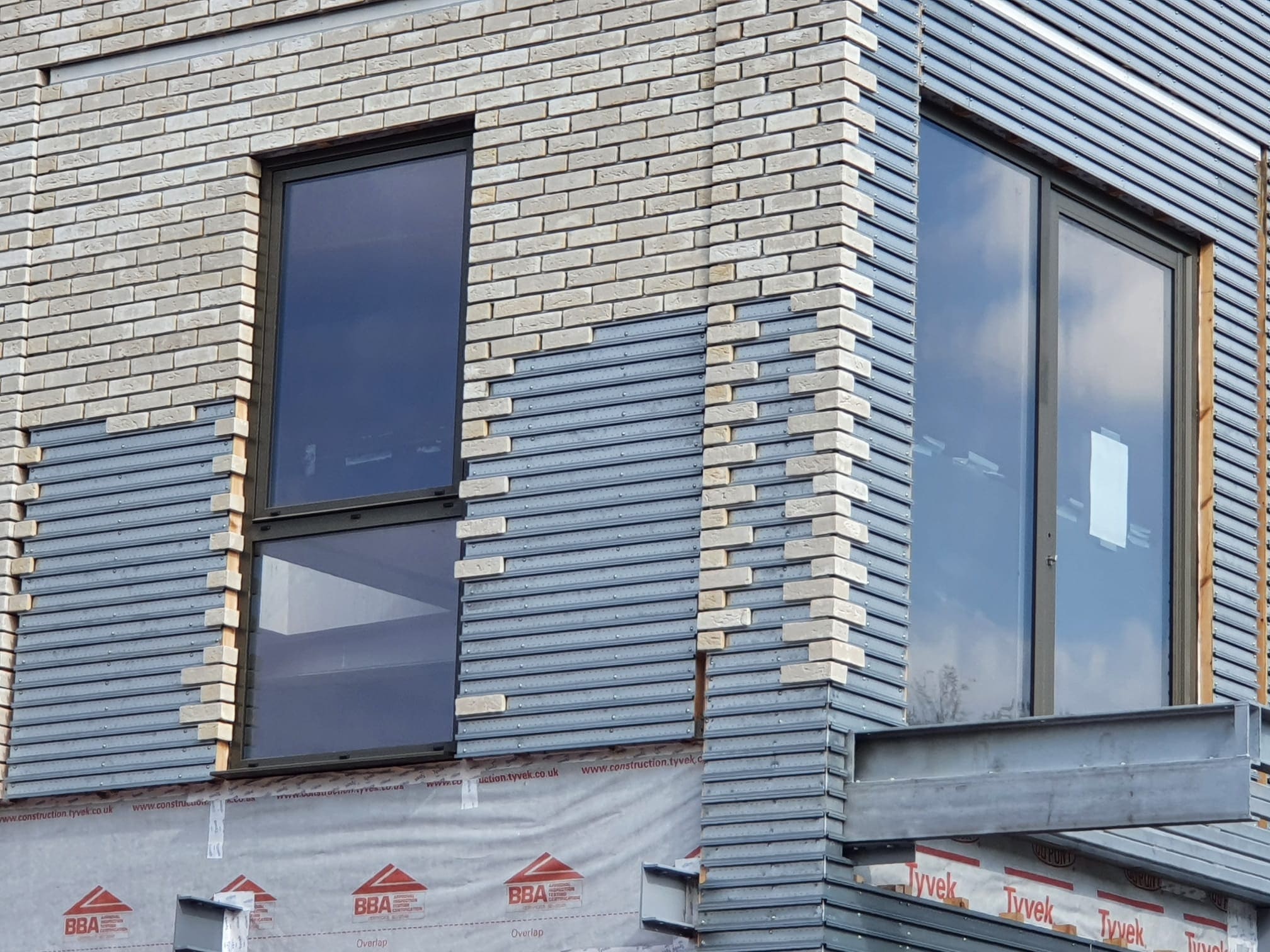For the family home the usual approach to value a residential property is the comparable method. Comparables may come from Agents, auction results or land registry.
Residential Valuations
Location is a key part of valuation, factors that the valuer has to consider include: where the town centre or hub is, transport connections, how healthy the high street is, have the health food shops, book shops, artisan bakeries and wine shops arrived? Are locals eating there in gastro-pubs, quality independent restaurants or not really eating out here at all?
Other factors include:
-
Aspect and views:
people desire a sense of space, in a thriving city a sense of space will ordinarily outweigh the detriment of living for example: next to a railway. Are there factors such as triple glazing and air handling to combat noise nuisance? means living at height is acceptable, and in some areas the norm, e.g., docklands, Nine Elms, and examples of emerging high hubs are Stratford, Lewisham and Croydon.
-
Gentrification:
how the rapidly nature of the area is changing, gastro pubs, health food shops and restaurant scenes.
-
International investment:
are new properties selling 'off plan' 'abroad'. Every rush of overseas money has its time. It is important to understand the global market and whose money is coming in now, is it sustainable and if not, whose is likely to replace it.
-
Type of construction:
is the location an unspoilt street, a range of infill developments or cheaply constructed, or impediments such as rear access for flats above shops.
-
Postcodes are very important:
Schools, transport hubs and snobbery prevail.
-
Education:
Most homeowners living in Zone 1 and 2 will expect to pay for private schooling and in all areas school catchment areas will drive values.
-
Properties within mixed use buildings/areas:
antisocial uses can affect values e.g., apartments over say a petrol station.
Vacant properties for homeowners:
Investment property:
Houses converted into flats but held on single title
Houses in multiple occupations (HMOs)
Regulated tenancies:
Life tenancies:
Assured tenancies are tenancies under the












